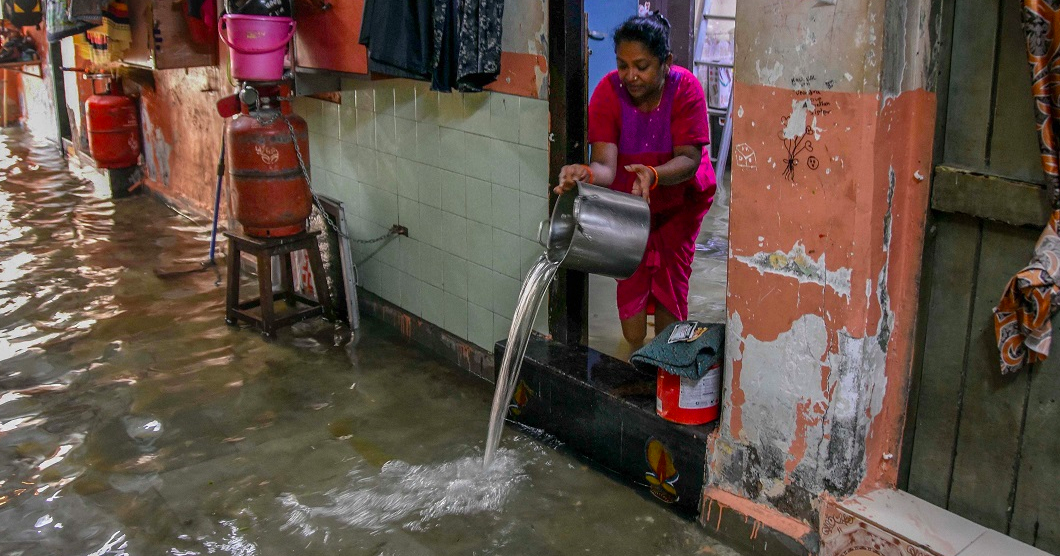To Weather Climate Change, Mumbai Must Embrace Its Wetness: Professor Nikhil Anand’s work featured on The Wire Science
A woman drains out water from her house after flooding caused by incessant rains at BIT Chawl area, Parel, in Mumbai, August 4, 2020. Photo: PTI.
A week ago, hundreds of fish and crabs washed onto Juhu beach in Mumbai. This isn’t the first time dead critters from the ocean have been on Mumbai’s beaches – because they are a symptom of the polluted waters that surround Mumbai, waters that inundate the city every monsoon, waters that are likely to keep coming back as the climate changes.
The Indian Ocean is a part of Mumbai’s framework. “Much of the city goes into the sea as it were, by way of sewage and rivers and coastal runoff,” Nikhil Anand, an anthropologist at the University of Pennsylvania, told The Wire Science.

